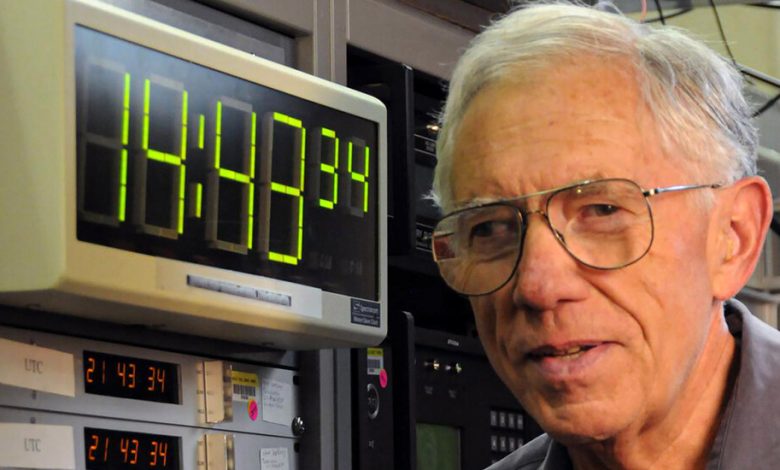Why Leap Day Is Really About Party Planning

Clocks and calendars are handy, even if they are out of step with the astronomical world.
Earth’s actual orbit around the sun takes six hours and nine minutes more than the strict 365 days that our regular scheduling mechanisms prefer. To sync the natural world to our calendars, we add a leap day every four years, on Feb. 29 — today.
This all seems like mere chronological housekeeping, but there are other concerns at play, according to Judah Levine.He’s is the head of the Network Synchronization Project in the Time and Frequency Division at the National Institute of Standards and Technology, or NIST, in Boulder, Colo. He is one of dozens of time experts around the world who work on coordinating the world’s clocks so they are in sync not only with one another but with the natural world. He sat down with The New York Times to discuss what more is at stake on Leap Day.
This conversation has been edited and condensed for clarity.
So this all starts with Julius Caesar?
He was the guy who started the initial leap day business, in something like 46 B.C.
Did he just declare a leap day?
I think he just said, “Every four years.” He was Caesar — he didn’t have to take a vote. Although he proclaimed it, it didn’t happen until about 30 or 40 years later.
The goal was to make the spring equinox happen in the spring, and the problem was that the equinox was bumping into winter; that was not cool.
The spring equinox in many societies was associated with a harvest festival; in order to have a harvest festival, you have to have a harvest. Passover, roughly in the time of Jesus, was a harvest festival, so Passover had to occur in the spring; it had to be loosely hooked into the equinox. The same thing is true of the of the Christian Easter.



